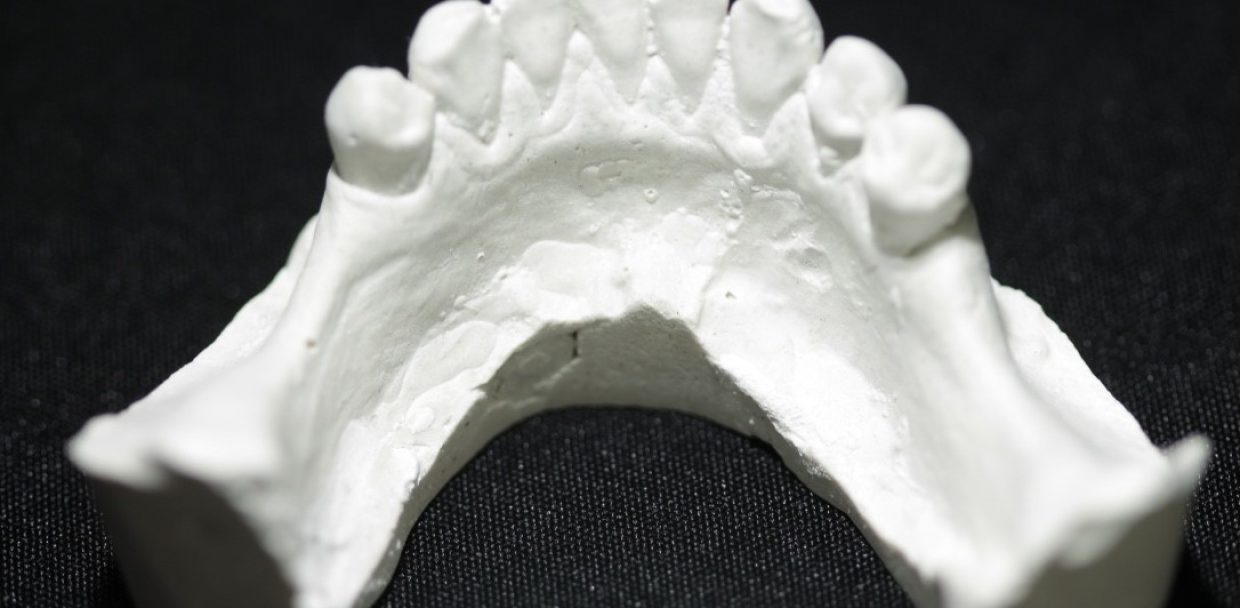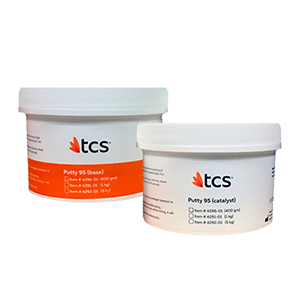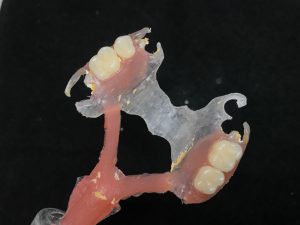Following the Kennedy method, we will evaluate a case to determine the type of partial denture, design, and functionality that best suits the case.
General
Significant displacement differences should be considered when designing a partial denture that is supported by teeth and soft tissue. E.g. Kennedy Class I situations – Distal extension cases:
- Healthy teeth – displaced ~ 0.2 mm
- Soft tissue – displaced ~ 1.0 mm or more
To prevent displacement of partials, away from oral tissue and rotational movements, retention is obtained by direct and indirect retainers. Optimum support of distal extension denture base is necessary as well as the use of flexible direct retention to prevent torquing forces transmitted to the abutment teeth. Additionally, the equitable distribution of occlusal forces preserves the remaining teeth.
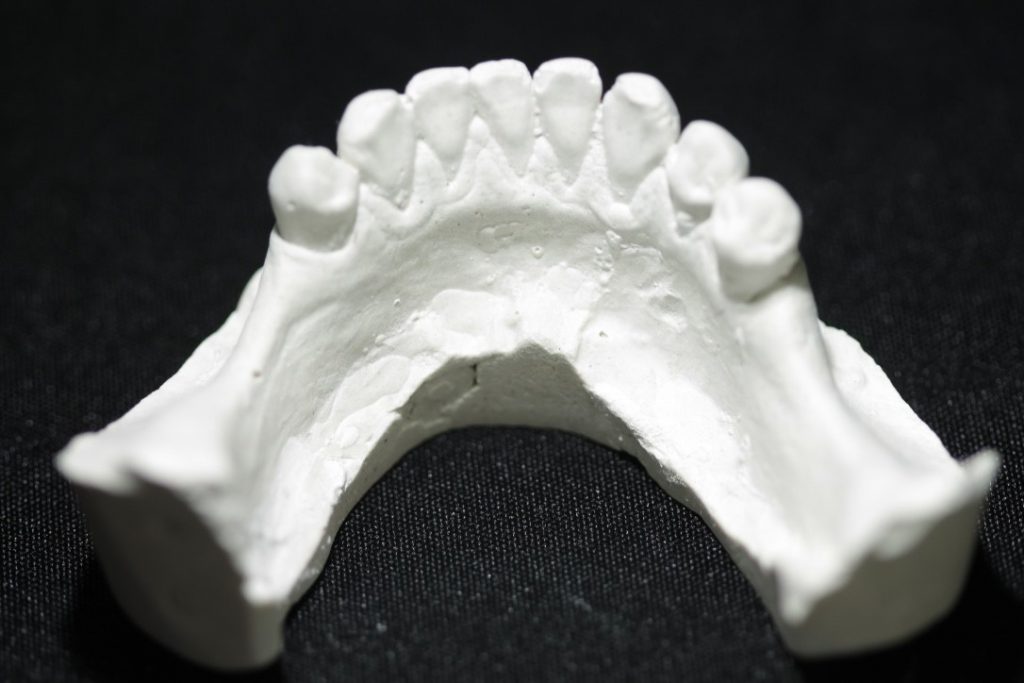
This case serves as an example of a Kennedy Class I
Kennedy Class I is a significantly challenging denture since it has a rotational fulcrum: Two flexible direct retention retainers are needed with the use of stress relief clasps that prevent torquing forces to the abutment.
Provision of indirect retention prevents the rotation of the denture.
Prescription options for case #1
TCS Flexible Partial – For this particular case prescribing a TCS Flexible Partial is an option because the clasp design will provide the stability required to function properly. However, the TCS/Metal Combo may be a better alternative due to the lack of support in both saddle areas.
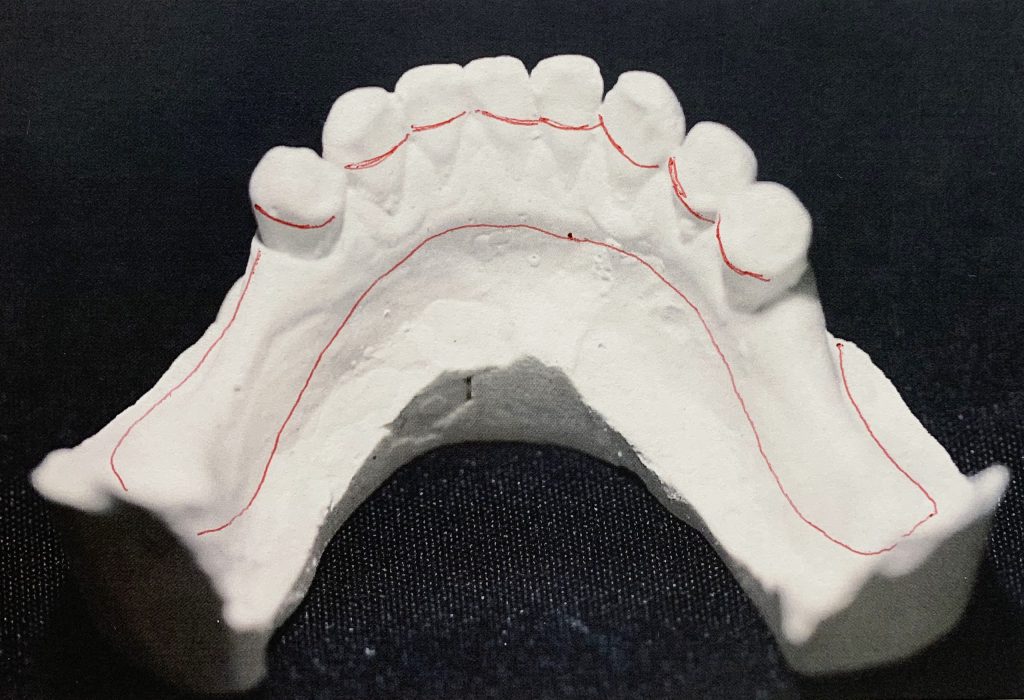
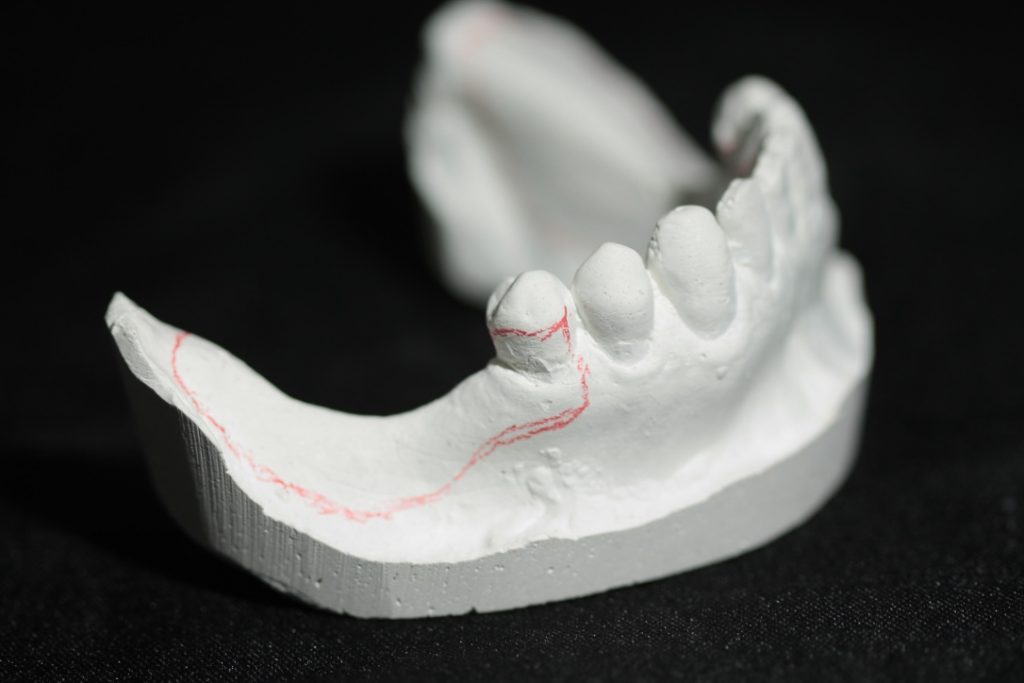
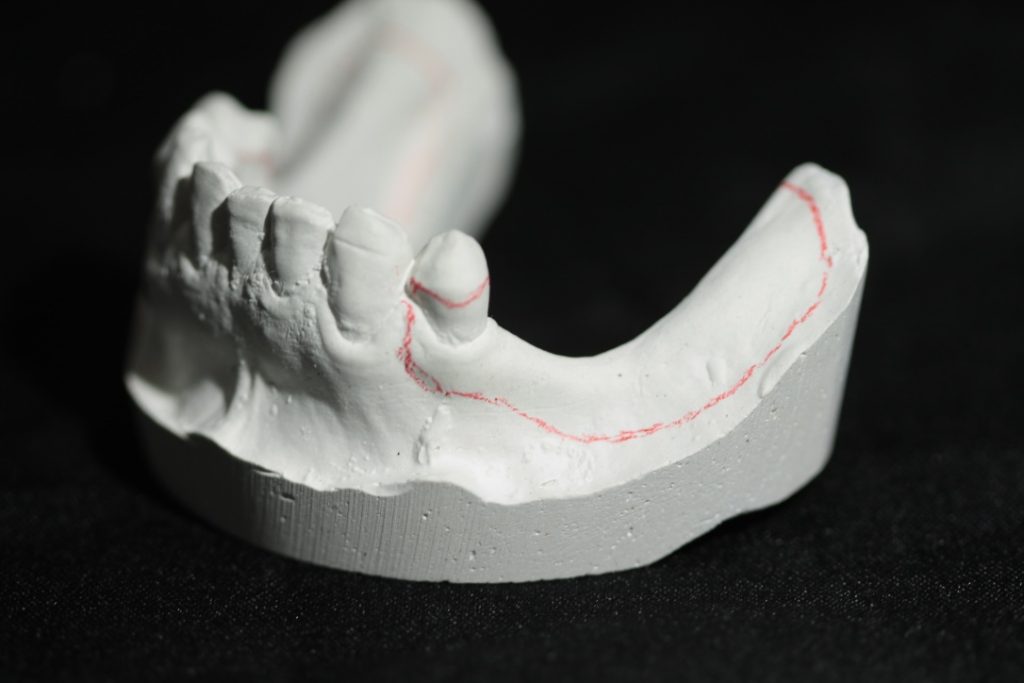
TCS/Metal Combo Partial – For a TCS/Metal Combo the Doctor would need to make occlusal preparation in the premolars to avoid interference with the occlusion. The TCS/Metal Combo may be the better option as it will hold up longer and the TCS clasps will provide a better aesthetic option.
Note: Depending on the strength of the bite. The apron area may impinge and sink into the sublingual areas over time as the patient bites. To prevent this the patients should get regular checkups, potential relines, or even a new partial may be in order.
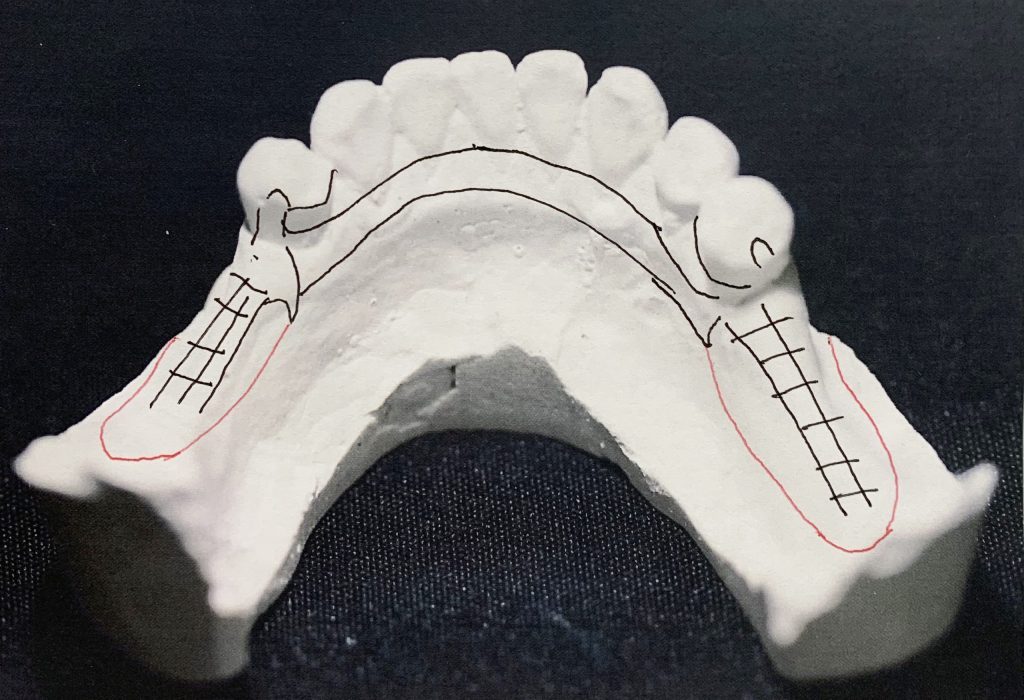
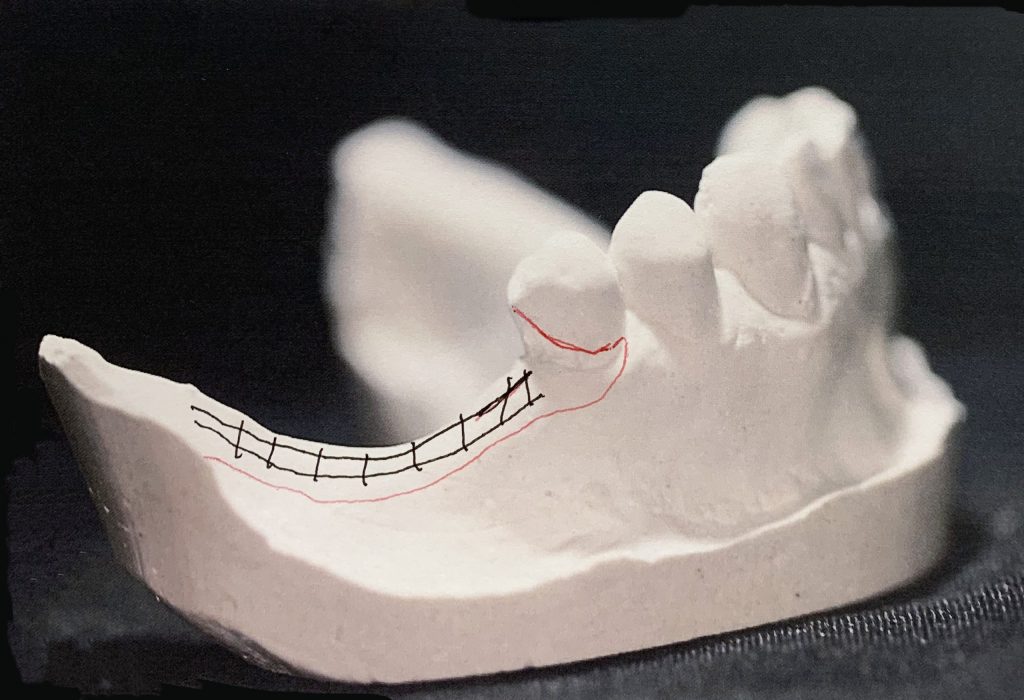
Design & Blockout Example
Watch an example of how to design and block out a difficult Kennedy Class I case.
Design for a case with long free end saddles.
The angulation of the teeth present a challenge with path of insertion.
Adding too much blockout could work against you in this case.




